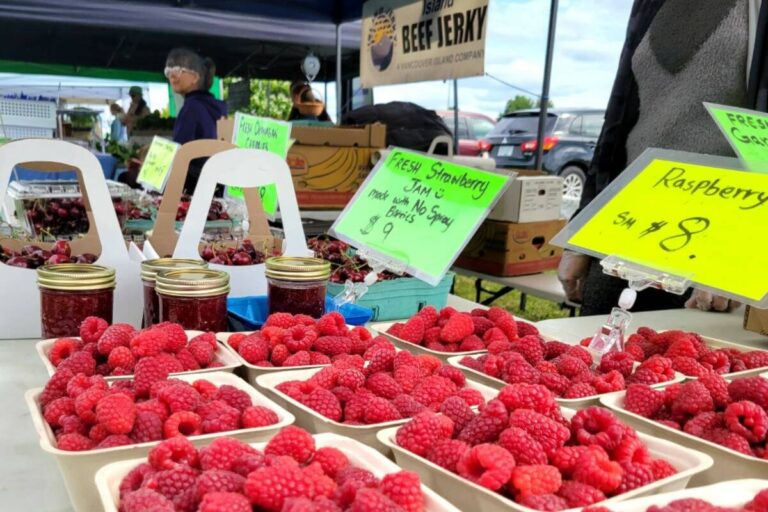A few things we know to be true: eggs come from chickens, milk and cheese from cows and goats, and meat from a variety of mammals and fowl. Vegetables are grown in the ground, or maybe in greenhouses. Our bread and rice and oats come from big fields – maybe overseas, maybe the wide open Canadian prairie.
In a few years, it’s possible none of that will be true.
Scientists and entrepreneurs are embracing new technologies that could upend the entire human food economy, and even the very idea of what meat, dairy, fruits, and vegetables actually are. Here’s a few of the high-tech ideas that might come for agriculture.
• Growing plants in the dark
Some scientists have decided that what’s really holding back plant growth is the necessity to give them light, whether natural or artificial. Fortunately, plants already have a way around this – when plants sprout from seeds, they use stored energy instead of light to grow. But when photosynthesis starts, that part of the plant’s metabolism shuts down forever.
This idea calls for scientists to use genetic engineering to force that seedling-style metabolic pathway to stay open in adult plants. You can then feed them acetate – a carbon-based molecule you can make from CO2 – and they’ll grow with or without light. You can even engineer them to get rid of the pesky parts used for absorbing sunlight, like leaves. Put all the energy into making fruit, tubers, or grains!
So far, no one has actually put this one into practice, but it’s only a matter of time How strawberries that aren’t sun-ripened will taste has not yet been explored.
• Better photosynthesis
What if you don’t want to grow your plants in the dark, though? The other thing you can change is making photosynthesis more efficient.
Scientists are tackling this from several angles. Some are making the enzymes that allow plants to turn carbon dioxide into sugars more efficient. This has led to some experimental plants that absorb far more CO2 than their unmodified counterparts.
Another bizarre method is spraying plants with microscopic black carbon dots. The dots are so small they slip into the cells, where they absorb heat and pass it along to the plants to give them an energy boost.
• Milk without udders
Milk and cream are mostly water, mixed with fats, proteins like caseins, and sugars like lactose.
Do you need a cow to make those fats, proteins, and sugars? It turns out the answer is no.
For decades, we’ve been genetically engineering yeast to produce insulin for diabetes treatment. Yeast can also be engineered to make milk proteins. Mix with water and voila! It’s sort of milk! Milk-like enough that you can now buy ice cream and cream cheese that were made without real cows ever being involved.
Will any of these technologies pan out? Most of them won’t, and others doubtless have serious downsides – expense, contamination, or the risk of becoming invasive super-weeds.
But some will likely lead to new foods on our tables. Our ideas of what food is will change in the coming years.
Images are for reference only.Images and contents gathered automatic from google or 3rd party sources.All rights on the images and contents are with their legal original owners.

